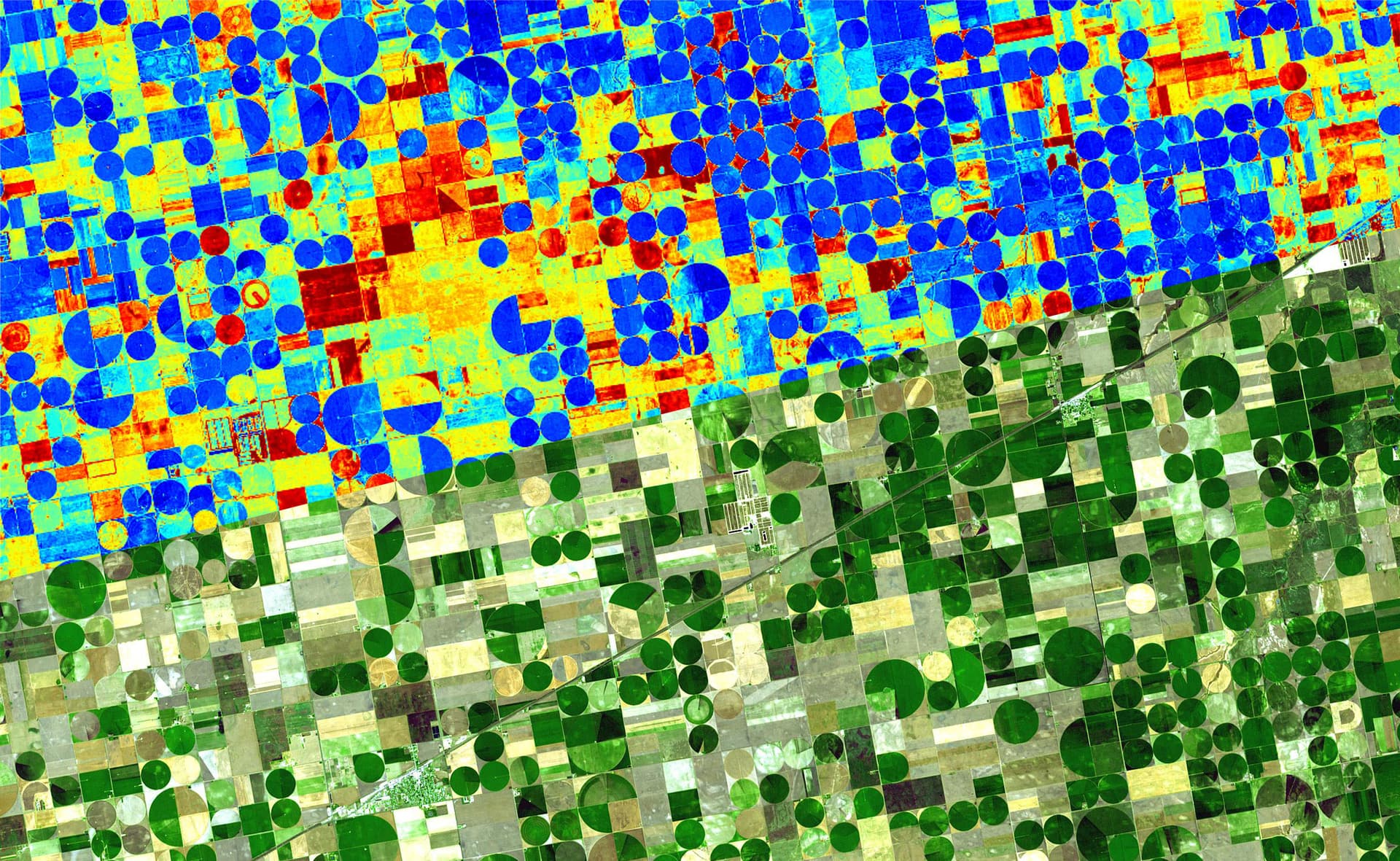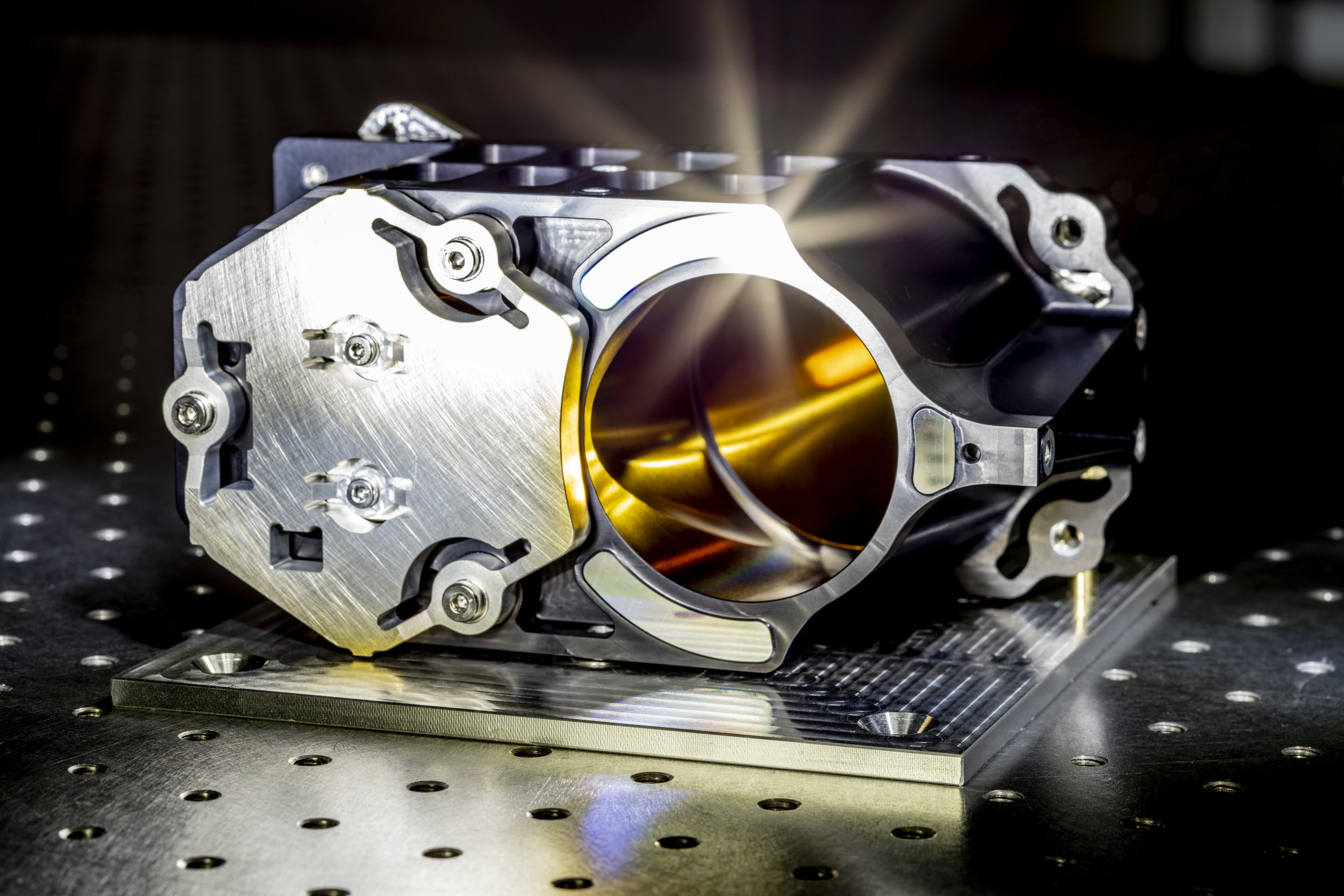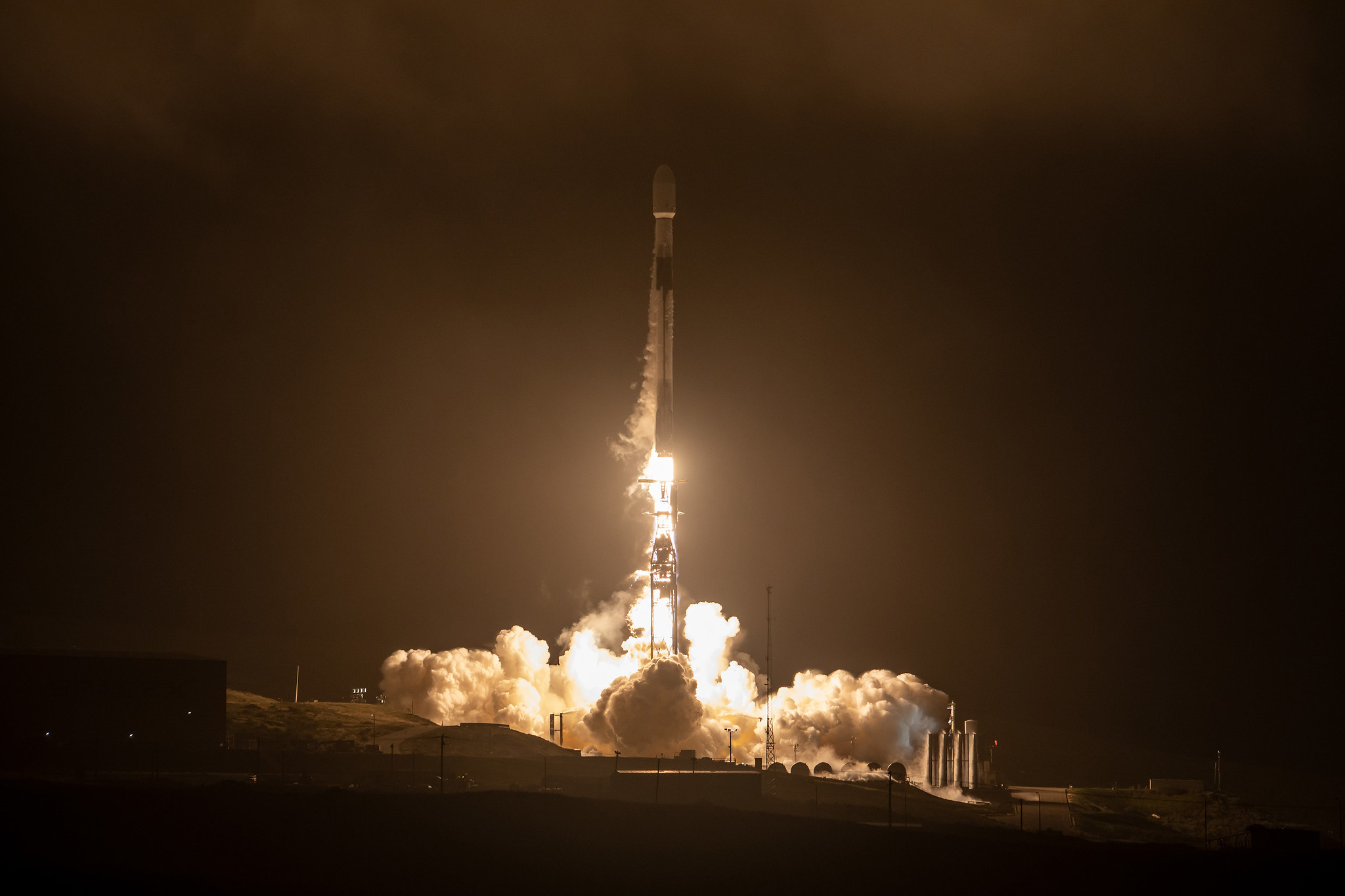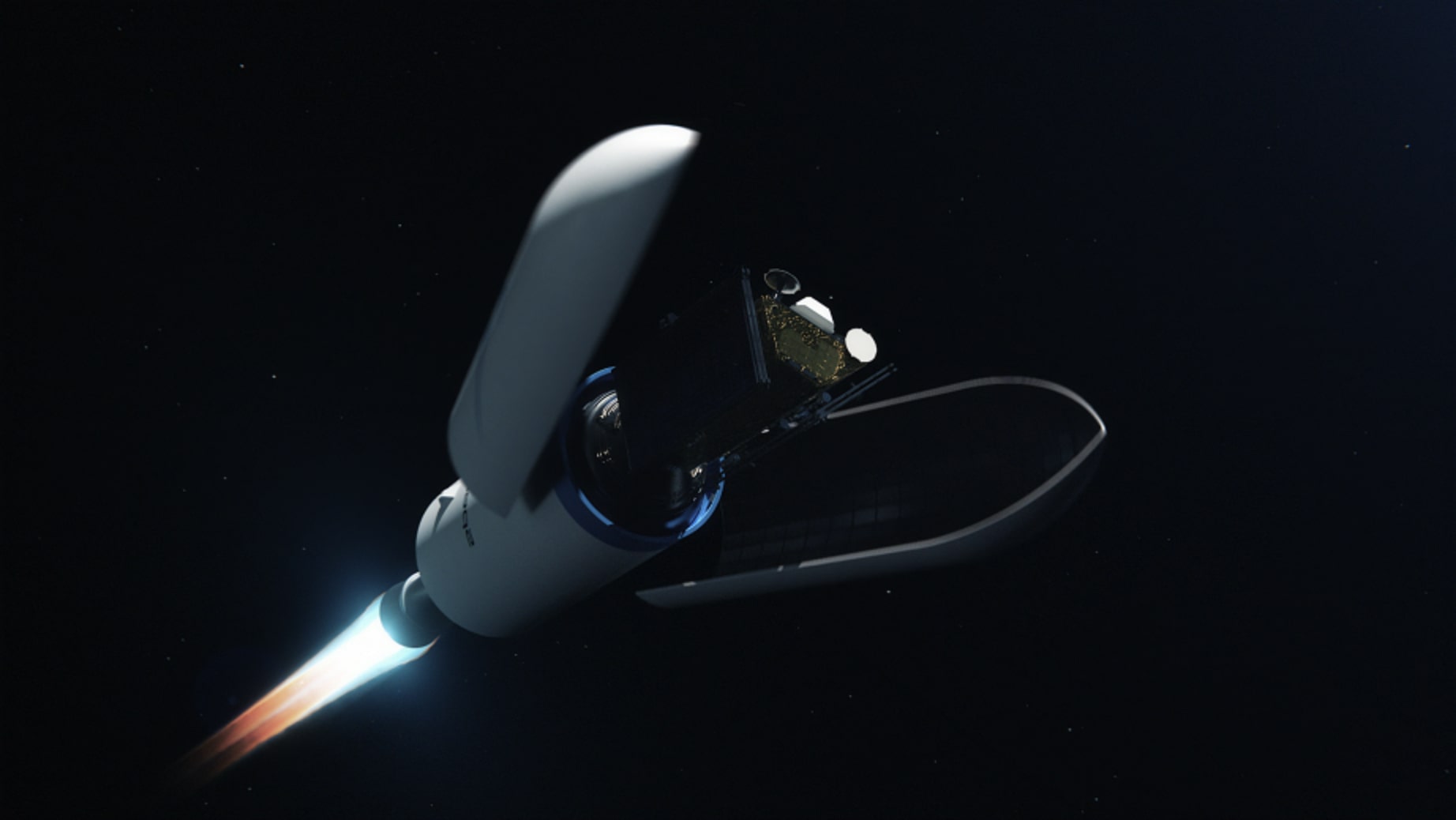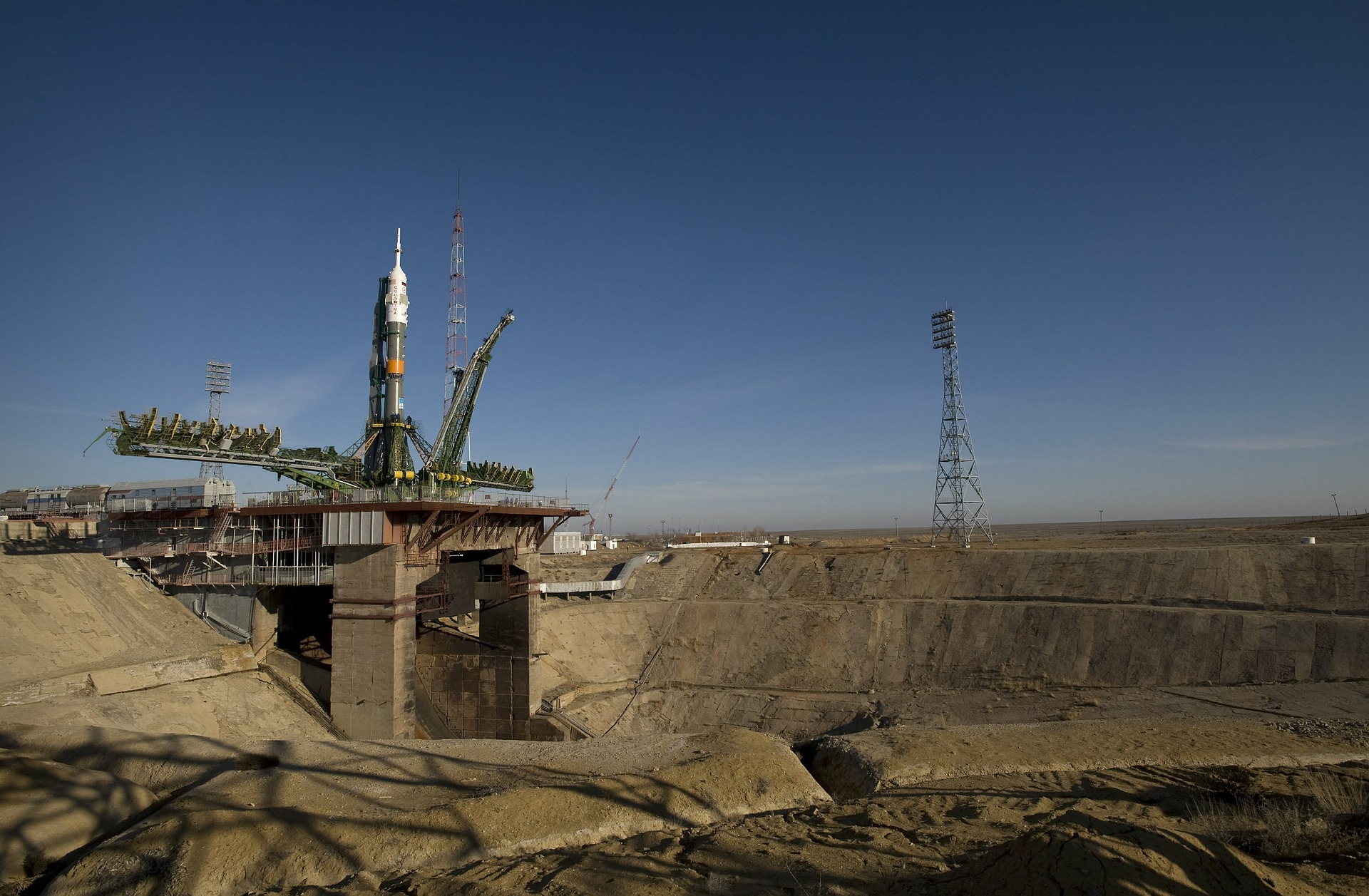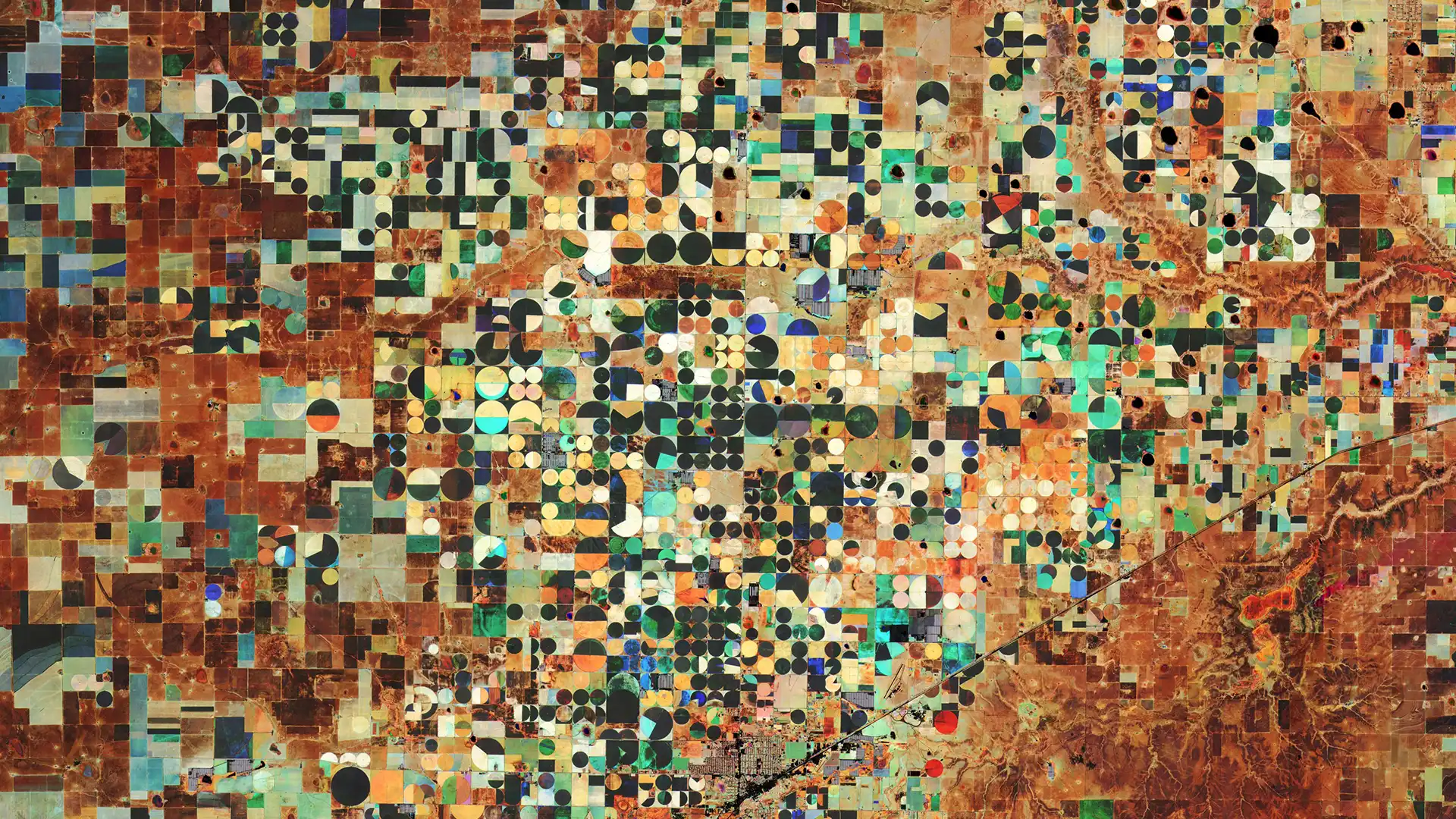
constellr and Exolaunch sign multi-launch agreement
This Space News was published on Thu, 02.03.2023 – 14:29 CET, covering ExolaunchThe technology developed by the Freiburg-based NewSpace startup constellr could drastically reduce the amount of water used in agriculture in the future. But for smart farming to be used reliably on a large scale, satellites are needed in orbit. The launch services and mission management company Exolaunch is playing a key role in building the HiVE microsatellite constellation.
One of the consequences of climate change is severe weather events - storms. These include not only torrential rain, but also its exact opposite, the absence of precipitation. Largely unnoticed by the broader public, Germany has been experiencing a drought since 2018. As a result, the likelihood of forest fires and crop failures is increasing. In order to make sensible use of the increasingly precious resource of water, constellr wants to support the agricultural industry with its HiVE (High-Resolution Vegetation) satellite constellation. Together with Fraunhofer EMI, Fraunhofer IOF, SpaceOptix and IR Nova, the Freiburg-based company has developed the LisR camera system. A technology demonstrator has already been installed on the Japanese Experimental Platform Exposed Facility (JEM-EF) of the International Space Station ISS since 2022.
constellr launches into the SSO with SpaceX
As early as December 2022, constellr announced that it had signed numerous contracts to build the HiVE constellation. Among others, with the European Space Agency ESA, the payload manufacturer OHB, the satellite builder Kongsberg NanoAvionics, Fraunhofer EMI and Exolaunch. The first two satellites in the constellation are scheduled for launch into a sun-synchronous orbit in 2024. The launch is expected to take place with a Falcon 9 from SpaceX.
According to constellr, Exolaunch was chosen as the launch provider in part because of its reliability. The global company, headquartered in Berlin, Germany, has successfully completed 18 missions and launched a total of 269 satellites. The innovative CarboNIX separation system has been used in eleven missions, releasing 49 small satellites. The design ensures a low-impact separation to bring the two operational satellites into their target orbit as gently as possible.
Premiere: LWIR in microsatellites
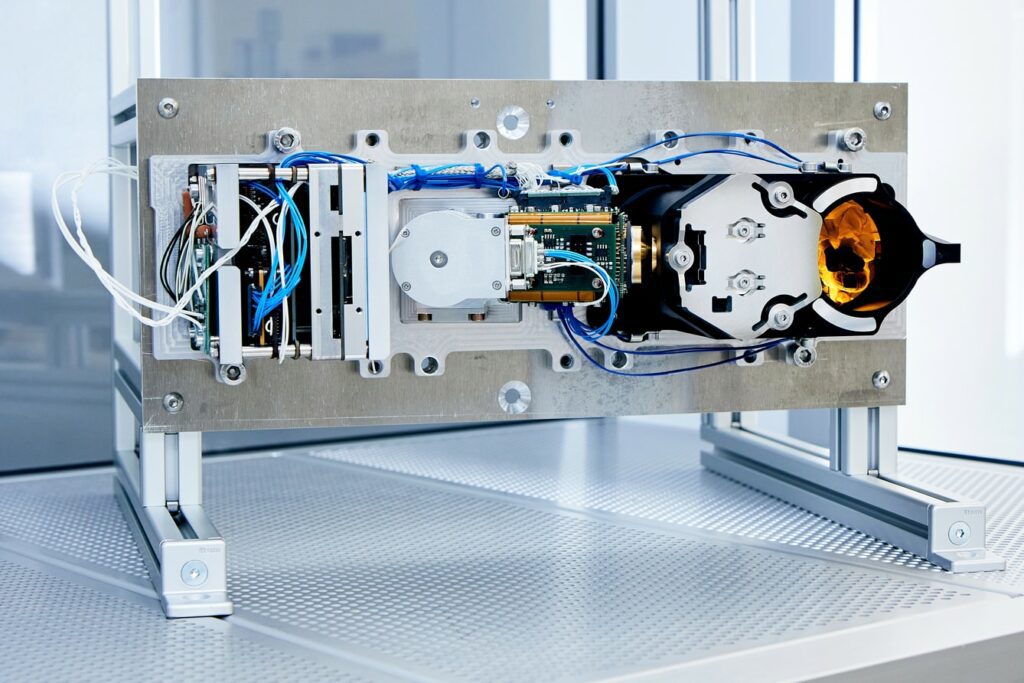
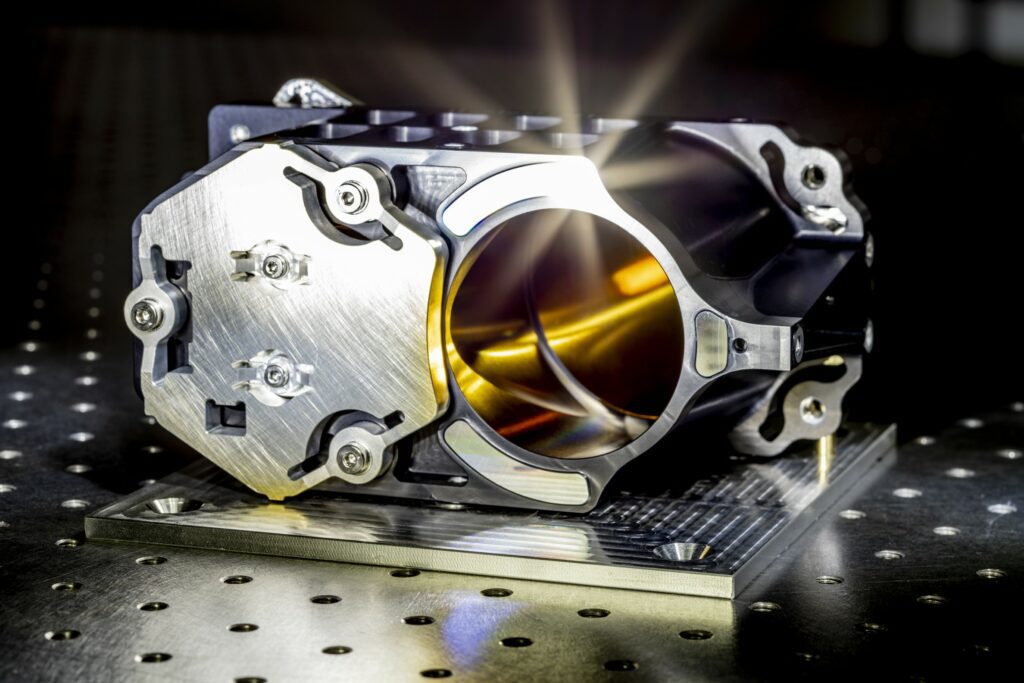
This is highly recommended, as both microsatellites are equipped with state-of-the-art cryogenically cooled long-wave infrared (LWIR) instruments - the first time these have ever been installed in a microsatellite. With this technology, constellr is able to measure the temperature of the Earth's land surface with unprecedented precision. Anticipation is correspondingly high at the NewSpace startup. "Our entire team is excited to move forward with the launch preparation activities and this multi-launch agreement marks a big milestone in our constellation development and deployment," says Dr. Riccardo Benvenuto, HiVE Program Director at constellr.
If all goes well with the launch, humanity will have another tool to deal with the consequences of climate change starting in 2024. Of course, satellites in space will not stop global warming. But the data they provide will enable agriculture to make better use of water, an increasingly scarce resource. In the best case scenario, this could prevent crop failures and combat world hunger.





